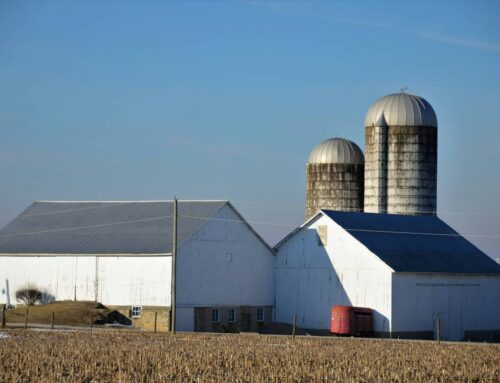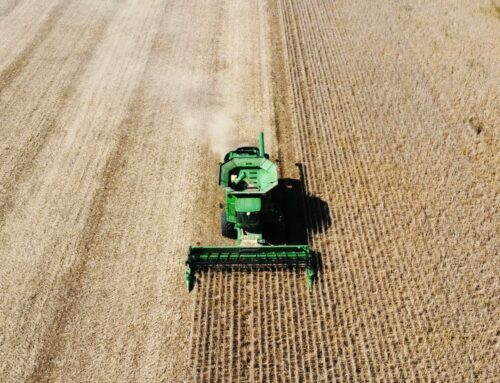One of the underappreciated aspects of the federal response to the COVID-19 pandemic is the degree to which various interests have succeeded in obtaining additional funding for favored programs. Substantial discussions in the media have explored the merits of expanding unemployment insurance and even the Pentagon’s budget, but the impact of the novel coronavirus on federal support for agriculture has received less scrutiny.
A new analysis by Josh Sewell of Taxpayers for Common Sense found that since the start of the year, “projected farm subsidies have more than doubled ($33 billion compared to $15 billion).” The report estimates that “federal income subsidies in 2020 will total at least $63 billion and account for … up to 75% of net farm income, the highest level ever recorded.” Put another way: “The amount of ‘emergency’ federal support provided to agriculture thus far already exceeds the total annual investment in all farm bill-authorized farm safety net programs.”
Nonetheless, the existence of this record amount of aid has failed to quell calls from some lawmakers who recognize an opportunity to secure further, more permanent increases to the federal agriculture safety net. A recent interview with Republican Rep. Austin Scott of Georgia revealed what may be on the horizon.
Scott argues that the Department of Agriculture drew the short end of the stick in the CARES Act and that therefore, it’s appropriate for it to “catch up” to the levels of funding provided to other departments by the legislation. Scott further asserts that additional one-time funds proposed in the Democratic-sponsored HEROES Act are nowhere near adequate, and lawmakers should seek to provide even more funding.
Instead, Rep. Scott suggests increasing the permanent spending authority of the Commodity Credit Corporation to $68 billion — which amounts to a whopping $38 billion increase over current borrowing authority. This is on top of the nearly $30 billion the Trump administration has paid farmers and ranchers affected by the president’s trade wars and presumably in addition to another $50 billion in “emergency” appropriations also being considered.
Where this money would come from is anyone’s guess, but the size of this aid isn’t the only potential problem. Scott’s proposals would also expand the reach of available aid, adding to mistakes made in the 2018 Farm Bill that included eliminating various subsidy limits and failing to produce potential savings. As Sewell notes, recent efforts like Scott’s would “exploit the COVID-19 pandemic to permanently increase farm safety net spending in ways that would never pass muster during a Farm Bill debate.”
As if this weren’t enough, there’s also the potentially pesky problem that further bailout payments for farms risk creating an entirely new front in the trade war. Recent analysis by the Environmental Working Group notes that escalating spending on farm support in 2020 threatens to breach caps on “trade-distorting” subsidies that the United States agreed to in the 1994 World Trade Organization’s Agreement on Agriculture. These increases could lead to legal disputes at the WTO and potentially more retaliatory tariffs on American exports.
Farm receipts may be down compared to 2019, but the value of inventories and noncash farm income are both projected to rise. Together with already provided aid, the picture is not nearly as bleak as some would suggest. The smart approach to federal farm aid in the era of COVID-19 is to estimate the hardship created by the pandemic and compensate for that hardship — and no more.
Many advocates have agreed that this “temporary and targeted” principle is appropriate for guiding all federal relief spending without respect to type. Support for agriculture programs should be no different, and cynical attempts to take advantage of the current crisis should be avoided at all costs. Given the vast amount of federal aid already available, it’s important not to forget the interests of another important player in this debate, namely, the taxpayer, and keep any future expansions to a minimum.










